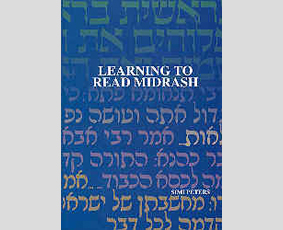This is a terrific introduction to the methodology of reading Midrash: how to read, which questions to ask, how to follow the terse prose of the Hazal, i.e., the rabbinic commentators from the Talmudic era, and how to reconstruct their thoughts (and those of the redactors as well).
Hazal readings, as a rule, are an amazing mixture of razor-sharp reasoning on the one hand, and—this comes, of course, not as a surprise—a stunning confidence in the absolute coherence of all those texts that comprise the Tanakh and the oral Torah.
This mixture reduplicates itself on several tiers: in the work of the redactors, the methodology of reading, and the conclusions and interpretations built on these interpretative traditions. It’s almost an inverted mirror image to biblical exegesis as practiced by Christian theologians from the Protestant traditions in Europe, which tend to be very sharp in philological textual criticism, or »Textkritik«, but for the most part completely fail to realize the most important implications and interpretative dependencies because of their Christian (or rather Paulinian) post-hoc, ergo propter hoc perspective.
Some similarities to critical texts from the Formalist New Criticism approach to literature are also noticeable in Simi Peters’s methodological primer: a rigid reading “from within” without recourse to extra-textual elements that certainly would have a bearing on, well, everything. But despite this lack of scope, and regardless of the fact that these texts—not just the Midrash, but scripture in general—are cultural fiction, these readings are not only close reading at its best and intellectually rewarding in its own right, but also offer fascinating insights into ancient Jewish thought.
If you have something valuable to add or some interesting point to discuss, I’ll be looking forward to meeting you at Mastodon!

